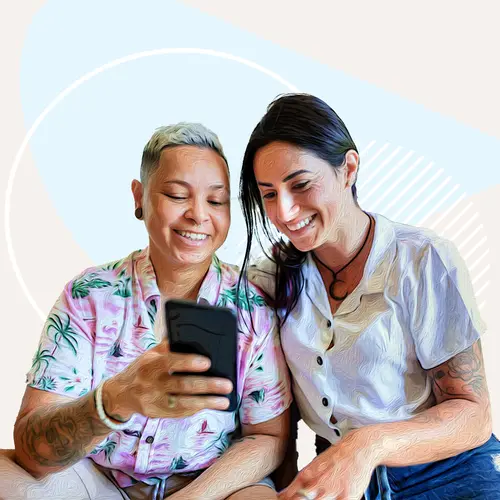Recessive dystrophic epidermolysis bullosa, also called RDEB, is one form of epidermolysis bullosa. Epidermolysis bullosa is a rare genetic condition that causes very fragile skin. With RDEB, even a minor injury can cause your skin to blister or tear. These blisters and tears can turn into wounds that may take a long time to heal. Because of this, you are at risk of infection and long-term risk of a type of cancer known as squamous cell carcinoma. The wounds can also itch and be painful. There are limited treatment options specifically for wounds in people with RDEB, so these wounds are usually managed the same way as wounds in people who do not have RDEB.
Zevaskyn (prademagene zamikeracel), also known as pz-cel, is a new treatment to help heal skin in people who have RDEB. It is the only single-application cell-based gene therapy for people with RDEB.
What Is Zevaskyn and How Does It Heal My Wounds?
People with RDEB have a gene mutation that results in lower type VII collagen, or C7, production than people without RDEB. This lower level of type VII collagen makes it harder for your layers of skin to bind together.
Zevaskyn is a unique medicine created by genetically modifying your own skin cells to produce working type VII collagen. These new working skin cells are developed into sheets and surgically placed on one or more of your wounds to help the healing process.
What Can I Expect During Zevaskyn Treatment?
The first step in creating Zevaskyn is to remove two small, pea-sized (8 mm) samples of your skin through a procedure known as a punch biopsy. You will return home after the biopsy, and the skin cells will be sent to the drugmaker. While at the drugmaker, the cells are modified to produce working type VII collagen and allowed to grow into sheets about the size of a credit card (5.5 cm x 7.5 cm). Up to 12 sheets can be made from the biopsied skin. After about 25 days, you will travel to a Zevaskyn Qualified Treatment Center, and a surgeon will apply the sheets to your wounds. You will only receive sheets made from your own cells. The sheets may be applied to one wound or may be used for multiple wounds during the same treatment. You will stay at the treatment center for about five to 10 days while your wounds begin to heal.
How Was Zevaskyn Studied for RDEB?
A clinical trial called VIITAL was used to study how safe Zevaskyn was for people with RDEB and how well it worked. People in the VIITAL study were at least 6 years old and had at least two large wounds. The wounds were present for six or more months. For study purposes, the wounds were paired based on their size, how long they had been present, and their location on the body. One wound in each pair was treated with Zevaskyn, and the other wound was treated with standard wound care without Zevaskyn. A maximum of six wounds could be treated with Zevaskyn.
A total of 11 people with 86 wounds were included in the comparison of Zevaskyn to standard care. About two-thirds (64%) of the people in the study were female, and 10 (91%) people were White (one person was of unknown race).
The researchers evaluated how well Zevaskyn works by looking at:
- The number of wounds that had at least 50% healing 24 weeks after treatment
- Change in pain on a 0-to-10 scale 24 weeks after treatment
What Benefits of Zevaskyn Were Seen at 24 Weeks?
- 81% of wounds treated with Zevaskyn had at least 50% healing, while only 16% of wounds treated with standard care had 50% healing
- Pain decreased on average by 3.07 points in people treated with Zevaskyn, compared with a decrease of 0.90 points in people treated with standard care.
Your results may differ from what was seen in clinical studies.
How can I help get the best response from Zevaskyn?
- You should expect pain and itching during the healing process. You should contact your health care provider if you have more drainage, pain, or swelling at the treatment site or have a fever.
- Do not disturb the dressing covering your Zevaskyn treatment site until your health care provider tells you to do so. Usually, this will be in place for about five to 10 days.
- Keep the dressings dry. You should not submerge the Zevaskyn treatment site in water until the Zevaskyn gauze falls off. This gauze backing should fall off within two or three weeks.
Getting Your Medicine: What to Expect
The maker of Zevaskyn can answer questions about Zevaskyn treatment and help you with the process of getting started. The Abeona Assist Patient Navigator can help with:
- Expectations during treatment with Zevaskyn
- Financial assistance for Zevaskyn treatment
- Travel coordination to a Zevaskyn Qualified Treatment Center
Information on enrolling in Abeona Assist is available here or by calling 855-ABEONA-1.


